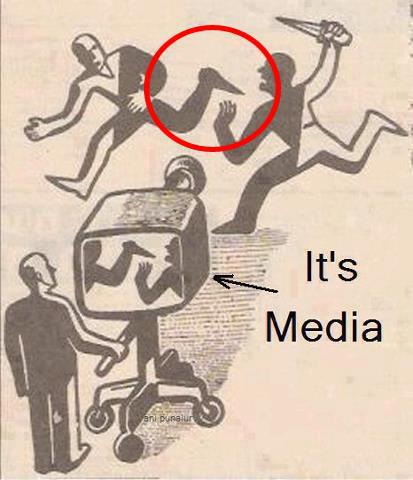Historically, art practice has been consistently mastering the tools and defying the mediums to achieve a new objective and subjective perception of the physical world. Capturing techniques, from writing, painting, sculpting, or photographing, force the author to work along with the limitations of the medium, but art insistently refuses to admit these rules.
John Gribbin, in his text ‘Photography and Observation,’ exposes how in post-photographic times, science decided to rely on the supposed objectivity of photography to observe and measure natural phenomena and living creatures. Even more, different techniques such as microscopy, astronomical observation, or spectrometry, promised ‘to see plainly where the human eye would find nothing but darkness.’ This leads science to trust blindly in cameras to their research work. Nevertheless, far for being utterly reliable, photography has been evolving much from the nineteenth century: dry plates, daguerrotypes, x-ray imaging, or digital sensors. However, while photography matches better our vision every day, disciplines such as medicine still depend on diagrams and drawings to explain time-depending processes.
So while I think that contemporary capture techniques can be highly reliable and precise for measuring purposes in engineering, architecture, and sciences, before choosing them as documenting tools, we should study their suitability over other ‘less objective’ techniques.
In my personal, professional experience as an architect, any digital capturing (cameras, phones) or displaying devices (screens), will not ever substitute a physical representation of a devised design. All of us are equipped with high-quality cameras in our phones, but even like that, texture and color are still not captured with the same accuracy and also error of our eyes. Digital image processing software is designed mainly to please our senses, not always to describe the reality naturally. Consequently, I could not affirm that the medium is objective unless we talked about high-fidelity instruments, where their cost will lead to discussions as to whether objectivity is only affordable to the scientific or professional community.
